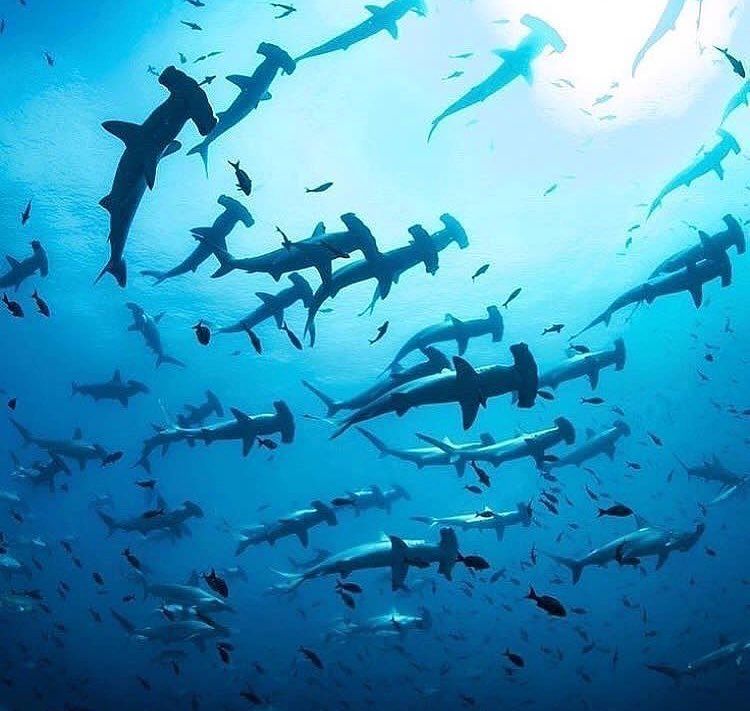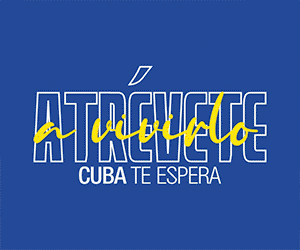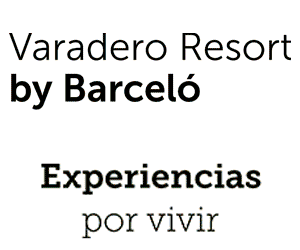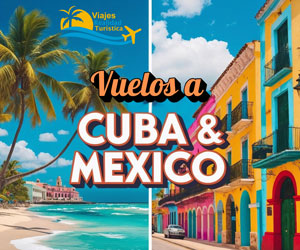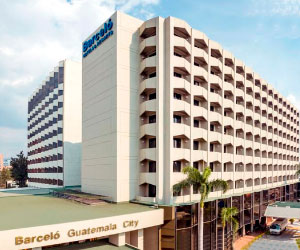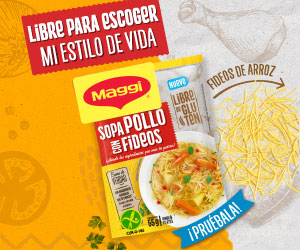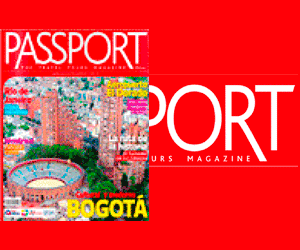Ministers from Ecuador, Costa Rica, Colombia and Panama, members of the Eastern Tropical Pacific Marine Corridor (CMAR) defined new work routes, the Ministry of Environment and Energy (Minae) reported here.
During this week, Minae specifies, representatives of those nations followed up on the agreements made by the CMAR and to implement a work plan that defines the actions to be followed in the coming months for the protection and conservation of the Corridor.
The head of the Minae, Franz Tattenbach, pointed out that the meeting allowed for a working session with the Regional Ministerial Committee, in order to update the ministers of the four countries on the actions that are being developed in the CMAR.
The foregoing, he explained, aimed at the implementation of the Action Plan and the commitment made on the Transboundary Oceanic Biosphere Reserve, after the signing of the Glasgow Presidential Declaration.
He said that the agenda included the presentation of the initiative called PFP, Enduring Earth, a project that works hand in hand with nations as they accelerate and amplify their conservation strategies for a more sustainable and prosperous future for people and the planet.
He indicated that his central focus is the Project Finance for Performance (PFP) model, an innovative guide that seeks to fully finance conservation projects and ensure lasting and scalable impact. The Minae explained that they also held a Workshop for the Preparation of Terms of Reference for the Coordinator of the Transboundary Biosphere Reserve Project for the Project to Strengthen the CMAR.
Likewise, he continued, to support the preparation of the dossier that will lead the four countries to the joint nomination before the United Nations Organization for Education, Science and Culture of a CMAR Biosphere Reserve, with an extension that will be agreed between the four governments and based on available scientific information.
The Minae recalled that the CMAR is a regional initiative that seeks the proper management of biodiversity and marine and coastal resources, through ecosystem management, and through the establishment of joint regional government strategies.
The Corridor considers as core areas the marine protected areas of the Mal-pelo Flora and Fauna Sanctuary and Gorgona National Natural Park (Colombia), Coiba National Park (Panama), Galapagos National Park and Marine Reserve (Ecuador), Isla of the Coconut (Costa Rica). (https://www.plenglish.com/news/2022/10/22/countries-of-the-marine-corridor-define-new-work-routes/)























